Summer Plant Projects With Kids
Summer Plant Projects With Kids
Here are ideas for plant-based activities you can do with your children or grandchildren this summer.
Make stick and leaf houses.
Ages 2 and up. Whether you’re building homes for the nature spirits, spiders, or lost mice, creating dwellings out of found natural materials is a soothing activity that involves story telling as well as plants. Let the children decide who they are building for, be it elves, fairies, miniature dinosaurs or lightening bugs. Show them how to create a framework out of sticks that are leaned together or poked into the ground, and let them furnish the dwelling with rocks, moss, bark and pieces of plants. Invite the kids to speculate who will move in, and how delighted those beings will be with the splendor they’ve created.
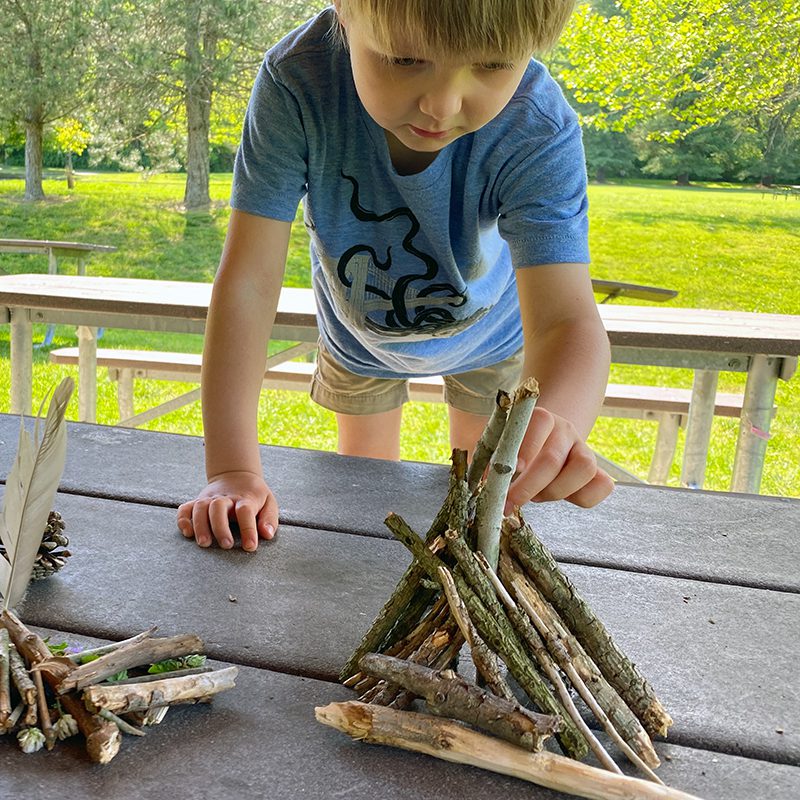
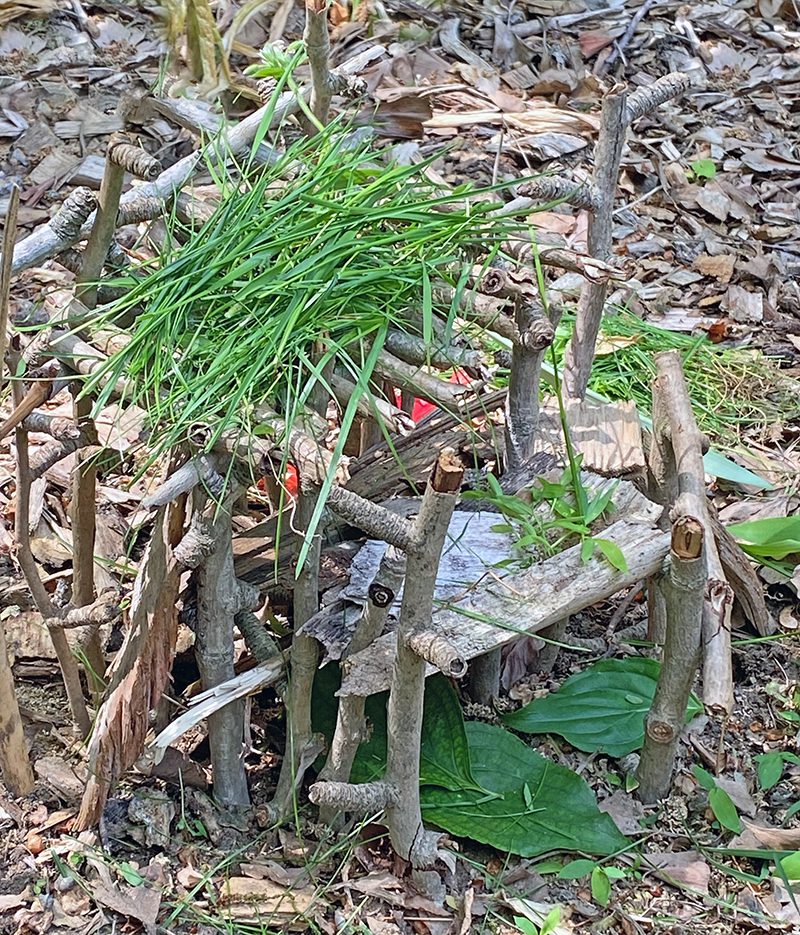
Make a Flower Show
Ages 2 and up. Flower shows are a summer tradition at state and county fairs all across the country. These competitions usually showcase single blooms in a bottle, with people entering a perfect flower or stem of blooms. You can create your own flower shows on outdoor furniture, the dining room table, or down the center of the kitchen island. All you need is an assortment of bottles or small vases and flowers cut from the garden.
Invite the kids to find what they consider a “perfect bloom” to enter in the show. Older children can make name cards for the flowers, with identification supplied by parents or grandparents. Kids could even have fun making up their own names for their flower, such as Sunny, Happy Hydrangea, or Samurai Daisy. Consider having a show with a color theme (Pink Picks!) or line the bottles up to form a rainbow. Older children can create awards (Best Color, Happiest Bloom, or Most Likely to Appeal To Rabbits?) and draw blue ribbons for the winners.
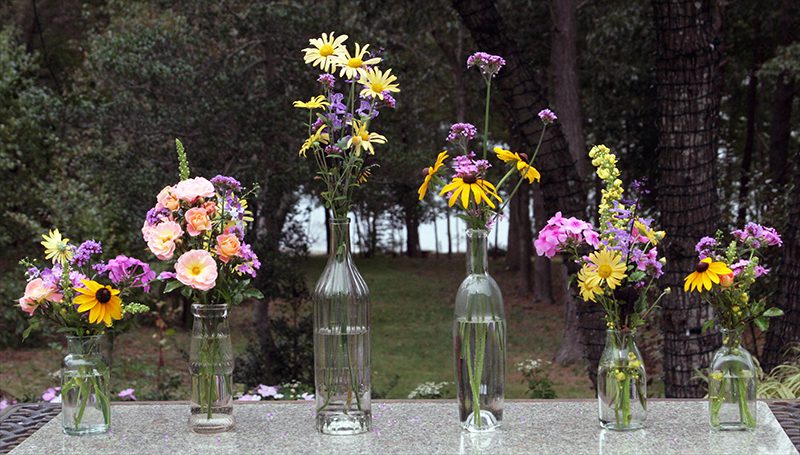
Hosta Boats
Ages 3 and up. Whether you live on a pond, have a pool, or simply have a large pot for water, you can make hosta boats with your children. Take large hosta leaves and pull the widest, stem end together, fastening it with a thin twig or toothpick. Float these on the water. Older children can explore more elaborate constructions with the largest hosta leaves and several toothpicks.
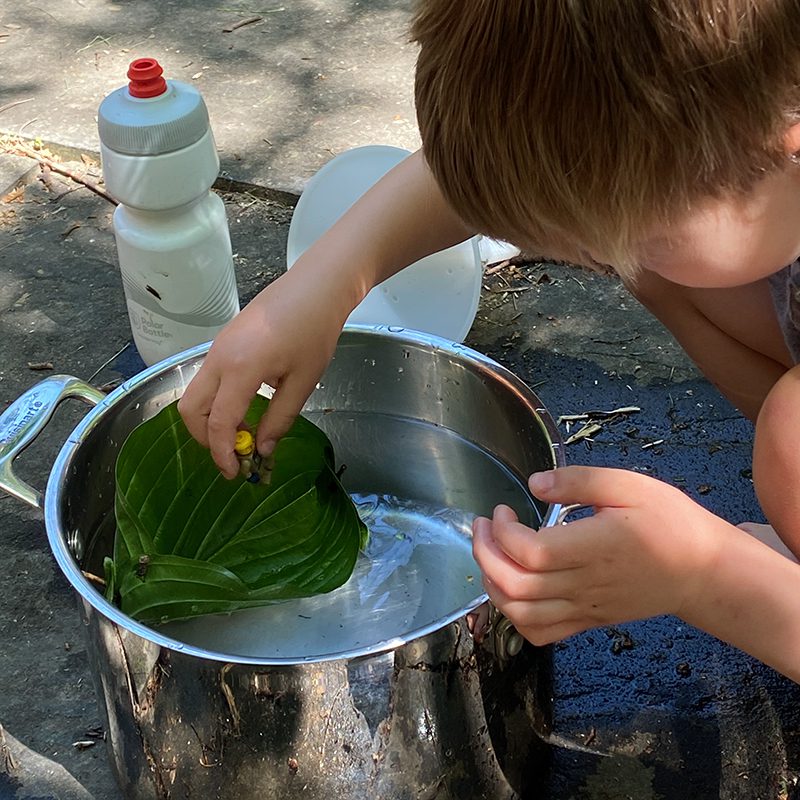
Color Your White Hydrangeas
Ages 4 and up. You probably remember the stick-a-flower-in-colored-water activity from grade school, where a light colored bloom was placed in a vase that contained food coloring. The color is drawn up into the petals over a one to two day period. See an example here.
That demonstration of a plant’s ability to draw water up into its petals is always a favorite, but doesn’t involve the child’s participation other than picking the flowers and squeezing the food coloring into the vase. A more active way to color flowers is with water-soluble markers or watercolor paints. Older children will have the patience and dexterity to use markers, while younger ones do better with a small, soft paintbrush and watercolor paints. (Don’t use Sharpies or other permanent markers unless you want clothing and fingers to be tinted for days…)
White Hydrangeas such as panicle or smooth types work best. Cover the work surface with newspaper or a plastic sheet for protection.
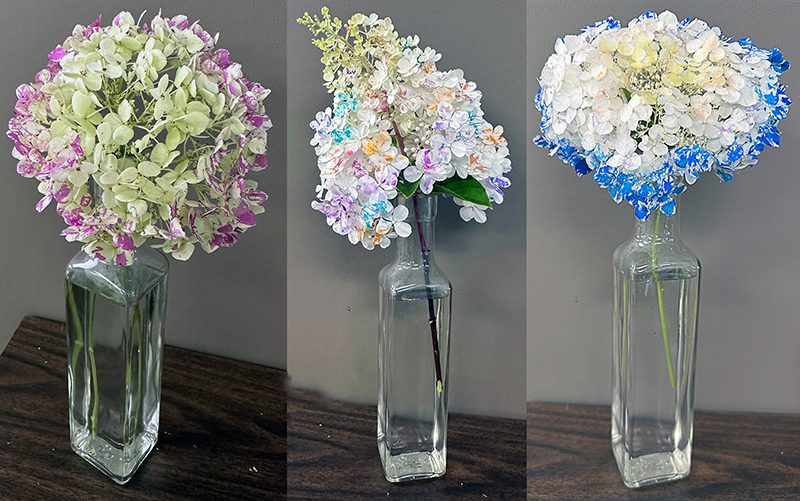
Braid Flower Crowns
Ages 12 and up. Use 3 ribbon pieces about two yards long, and cut assorted flowers with 2 inch stems. Tie the ends of the ribbons together and tie that knotted end to a chair or table leg to hold the ribbons while you are braiding them. Begin with the standard over-and-under braid, but every two or three turns add a flower and align the stem of the flower with one of the ribbons so that the stem gets held into the braid. Continue adding flowers until the braid is the right size to fit on the child’s head. Tie with a knot and fasten ends together, letting ends of ribbons fall.
Flower crowns are good for all ages and sexes! Explain to the kids that in Ancient Greece, many gods and goddesses routinely wore laurel headdresses or colorful floral crowns. In fact, such crowns of flowers and leaves were often awarded to those who excelled in sporting events or military victories.
Consider making a flower crown for every attendee at a special family dinner…and be sure to take pictures!
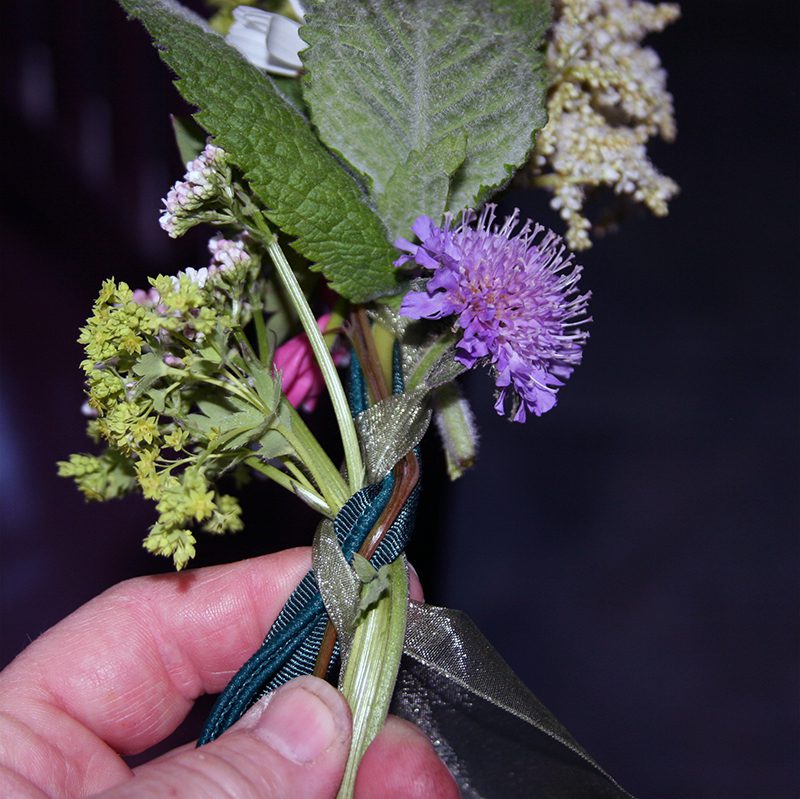
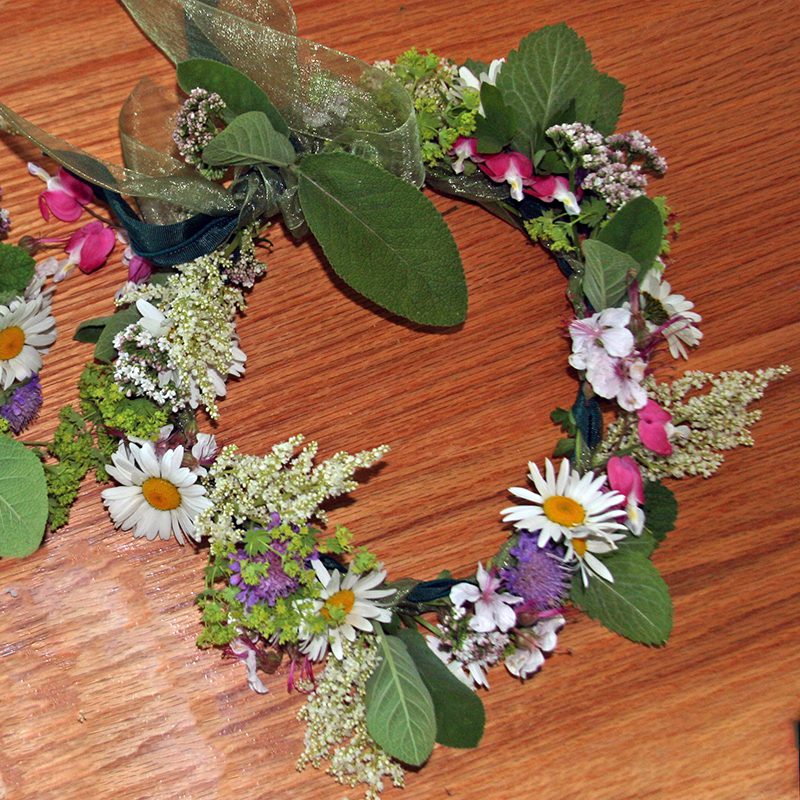
For more ideas for outdoor fun with children, see last year’s suggestions on this blog.
Subscribe To Our Newsletter
Sign up for our weekly email about sales and events.
